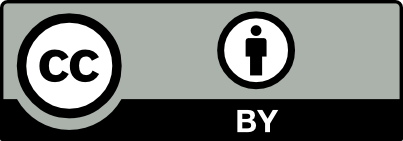Single- and Double-Comb Tilted Fibre Bragg Grating Refractive Index Demodulation Methods with Fourier Transform Pre-Processing
Artykuł w czasopiśmie
MNiSW
100
Lista 2021
| Status: | |
| Autorzy: | Cięszczyk Sławomir, Skorupski Krzysztof, Panas Patryk |
| Dyscypliny: | |
| Aby zobaczyć szczegóły należy się zalogować. | |
| Rok wydania: | 2022 |
| Wersja dokumentu: | Drukowana | Elektroniczna |
| Język: | angielski |
| Numer czasopisma: | 6 |
| Wolumen/Tom: | 22 |
| Numer artykułu: | 2344 |
| Strony: | 1 - 16 |
| Impact Factor: | 3,9 |
| Web of Science® Times Cited: | 10 |
| Scopus® Cytowania: | 10 |
| Bazy: | Web of Science | Scopus |
| Efekt badań statutowych | NIE |
| Finansowanie: | This work was supported by the Lublin University of Technology (grant number: FD-20/EE-2/301). |
| Materiał konferencyjny: | NIE |
| Publikacja OA: | TAK |
| Licencja: | |
| Sposób udostępnienia: | Witryna wydawcy |
| Wersja tekstu: | Ostateczna wersja opublikowana |
| Czas opublikowania: | W momencie opublikowania |
| Data opublikowania w OA: | 18 marca 2022 |
| Abstrakty: | angielski |
| The development of fibre optic sensors for measuring the refractive index is related to the creation of new periodic structures and demodulation algorithms for the measured spectrum. Recently, we proposed a double-comb Tilted fibre Bragg grating (DCTFBG) structure. In this article, we analyse such a structure for measuring the refractive index in comparison to a single classical structure. Increasing the number of modes causes a significant change in the Fourier spectrum of optical spectra. For the purpose of data pre-processing, we propose the Fourier Transform as a filtering method in the frequency domain. Then, we analyse separately the band-filtered optical spectra for several frequency ranges. For quantitative analysis, we use algorithms that use quantitative changes in the transmission, i.e., the method of the envelope and the length of the spectrum contour. We propose the use of the Hilbert transform as the envelope method. The second type of algorithms used are methods determining the shift of spectrum features along the wavelength axis. The method of determining the centre of gravity of the area bounded by the envelope and the maximum of the second derivative of the smoothed cumulative spectrum contour length is proposed here. Using the developed methods, the measurement resolution was achieved at the level of 2 × 10−5 refractive index unit. |

